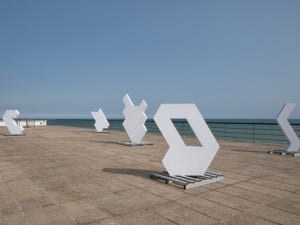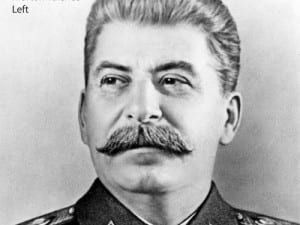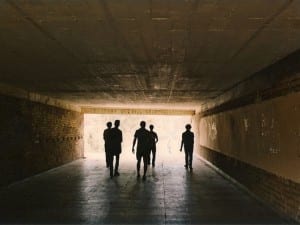As part of the first major retrospective of his illustrious 40-year-career, Anselm Kiefer will create a number of new works specifically for the Royal Academy’s Main Galleries as well as an installation for the main courtyard, demonstrating that he is an artist who continues to seek out new challenges. The Royal Academy exhibition will present a chronological examination of a body of work which includes pieces on an epic, monumental scale, and which ranges across a breadth of media from painting and sculpture to photography to installation. One of the world’s most influential artists, Kiefer blends the themes of religion, poetry and philosophy with reflection on Europe’s history.
Born in Germany in 1945, Kiefer’s fascination with history and with the work of past masters permeates his subject matter. He wrestles with the darkness of Germany’s 20th century past, and this exhibition will include photographs and paintings from the controversial Occupations and Heroic Symbols (Heroische Sinnbilder) series of the late 1960s and early 1970s. These images record the artist’s re-enactment of the Nazi salute in locations across Europe, made in the belief that one must confront rather than supress the experiences of history. Inspired by sources ranging from the cultural myths of folklore, to the Old and New Testaments, Kabbalah, alchemy, philosophy and the poetry of Paul Celan and Ingeborg Bachmann, Kiefer’s work considers the complex relationship between art and spirituality. His technical use of materials such as clay, ash, earth, lead, fabric and dried flowers amongst others, adds further symbolism and depth.
A series of paintings from the Attic series will feature, including Father, Son and the Holy Ghost (Vater, Sohn, Heilger Geist), 1973, and Nothung, 1973, depicting powerful renderings of wooden interior spaces based on the studio that Kiefer was occupying in Walldürn-Hornbach in south-west Germany, which he has referred to as “a place to teach myself history.” The exhibition will include his monumental architectural paintings, such as To the Unknown Painter (Dem unbekannten Maler), 1983 that reflect on the neo-classicist buildings of Albert Speer, Hitler’s architect, and on the role of the artist in considering collective memory. Also featured will be Kiefer’s celebrated lead books, including the paintings For Paul Celan, Ash Flowers (Für Paul Celan, Aschenblume), 2006 and Black Flakes (Schwarze Flocken), 2006.
The exhibition will consider the key themes and the personal iconography that Kiefer has created in his work over the years and will look at the influence of place on his oeuvre. As he said in a recent interview, “Art is an attempt to get to the very centre of truth. It never can, but it can get quite close.”
Anselm Kiefer 27 September – 14 December, Royal Academy, Burlington House, Piccadilly, London W1J0BD
Visit www.royalacademy.org.uk
Credits
1. Anselm Kiefer, The Orders of the Night (Die Orden der Nacht), 1996.





